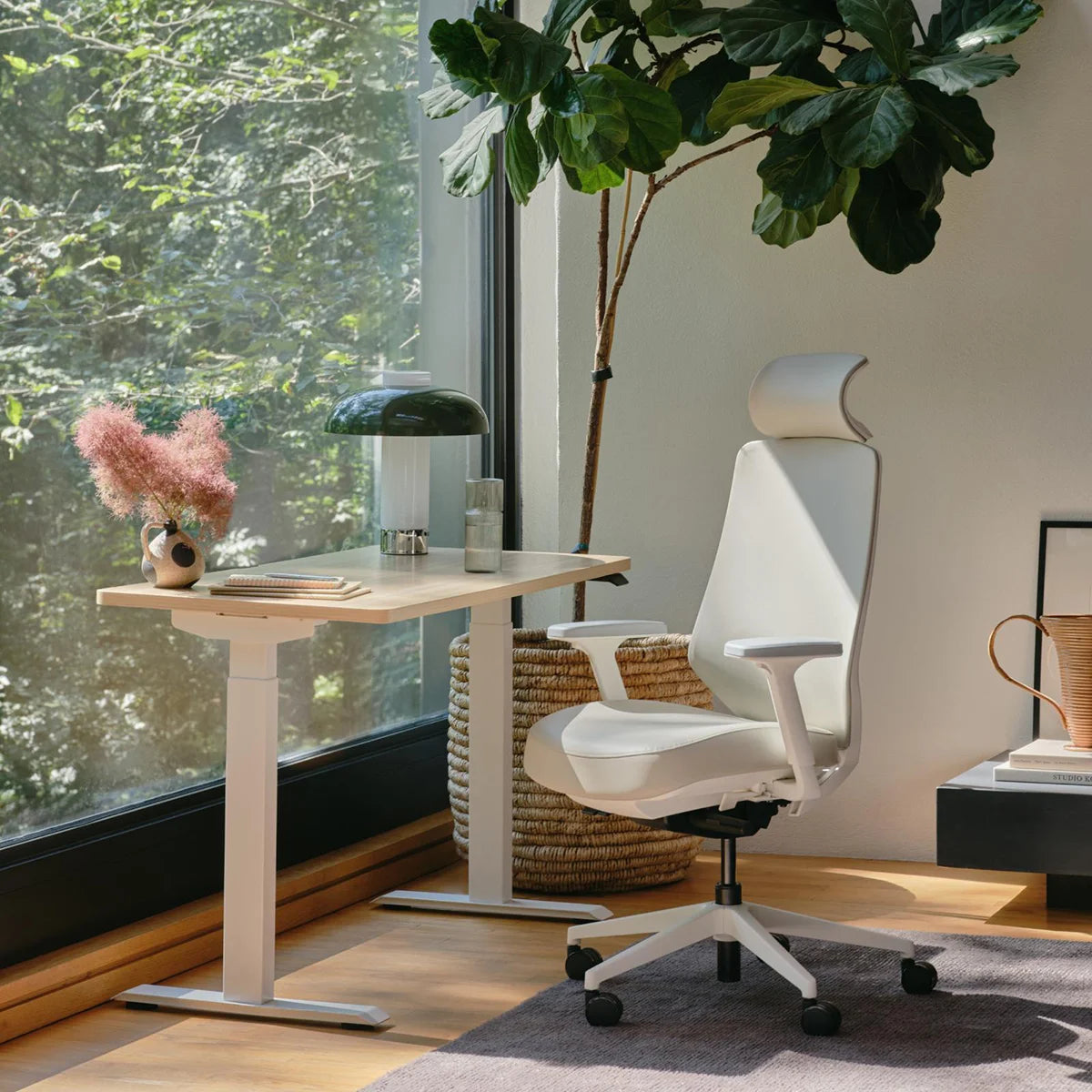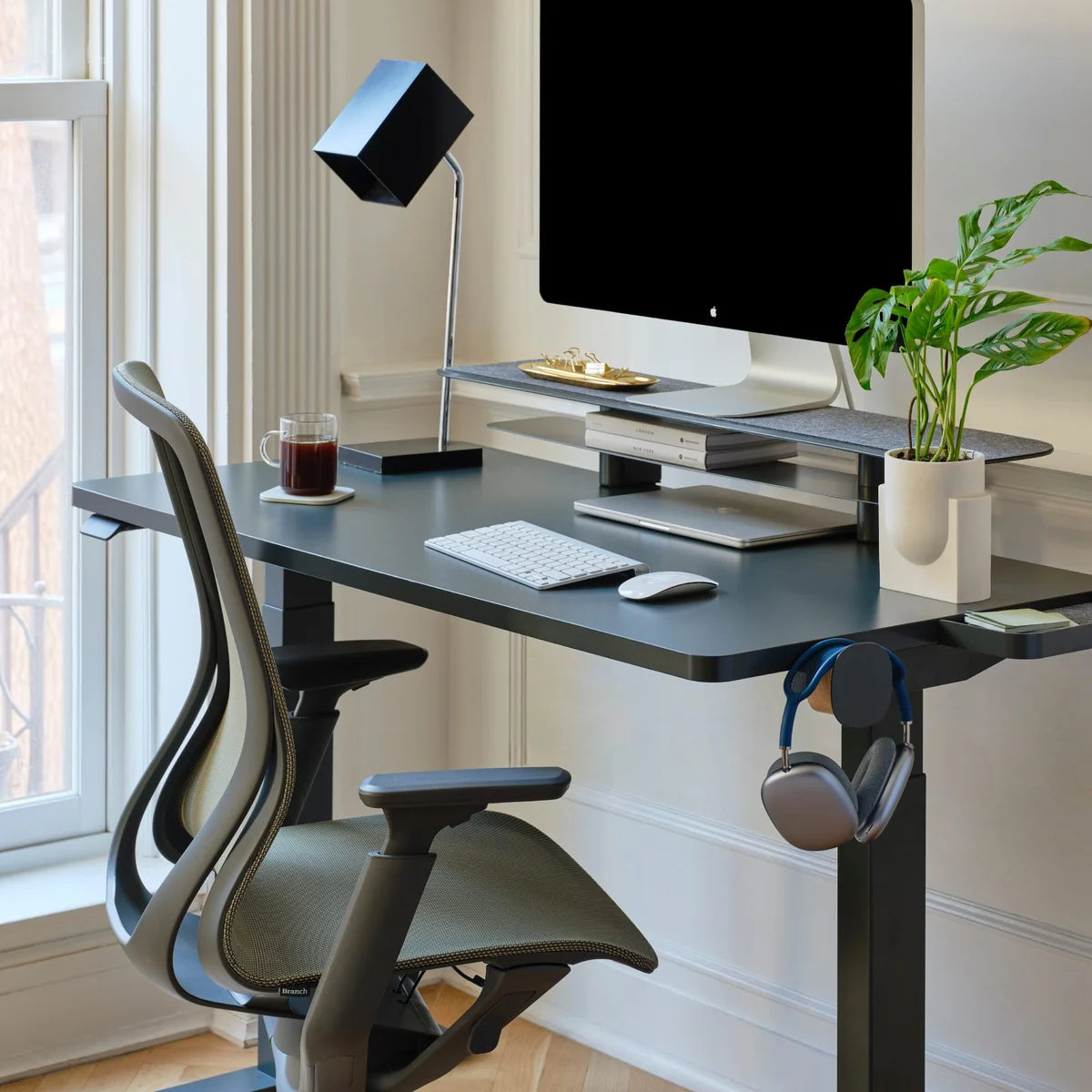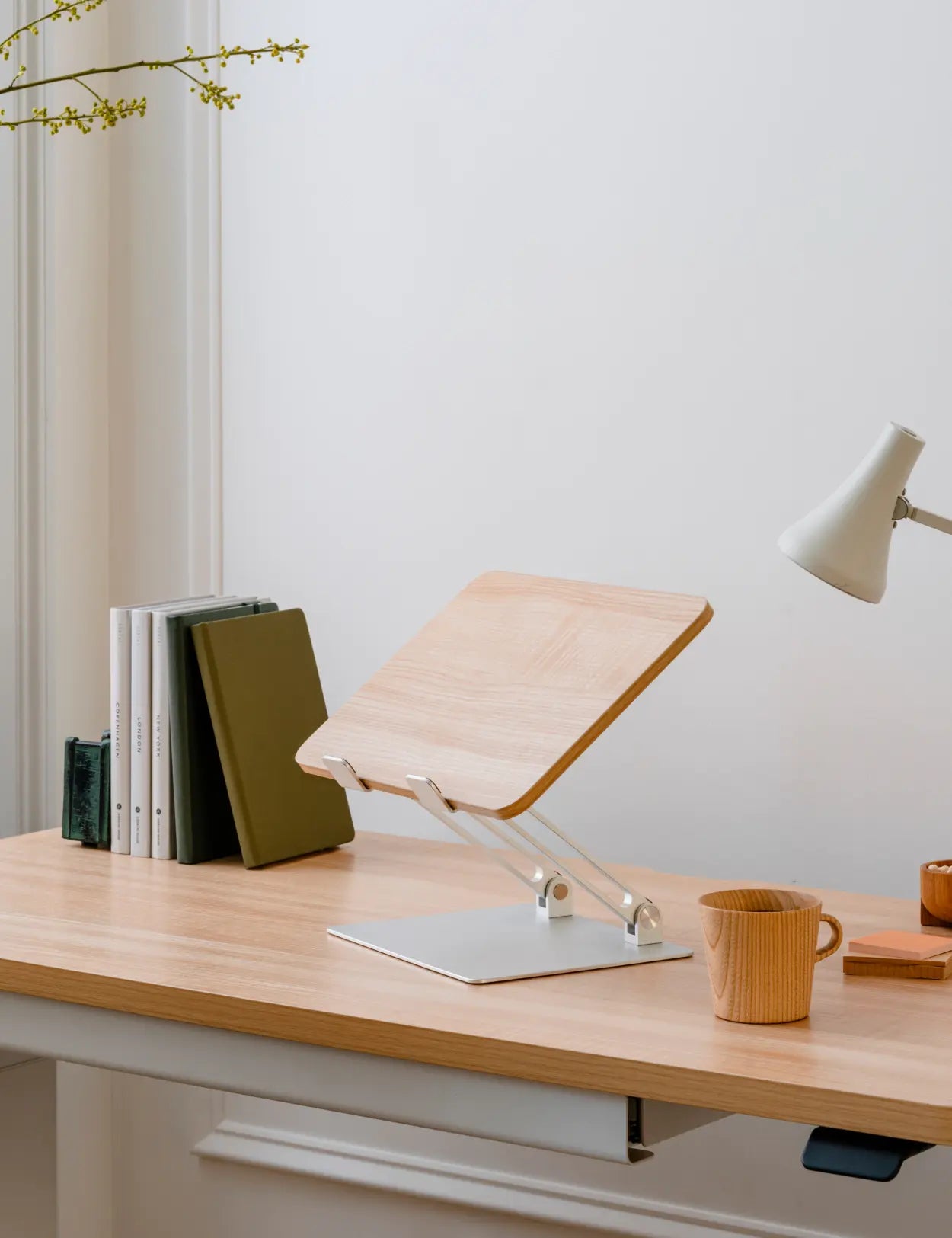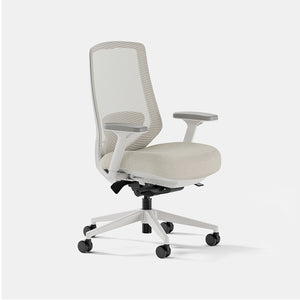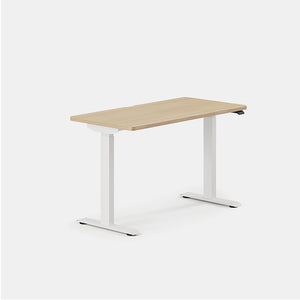A not-to-do list is pretty self-explanatory. It’s a list of all the things you shouldn’t be doing when you’re supposed to be working from home. Procrastination is much easier when you have your favorite time-wasters at your fingertips and no boss to randomly pop in to catch you scrolling.
List any social media apps that you spend too much time on, as well as things like clearing your notifications or texting friends. As a rule, if you know that you should prioritize work over something else, you should probably save it for your free time after work.
The tasks on your not-to-do list need to go into your daily routine before or after work. It’s easier to focus during the workday when you know you'll get a chance to check your social media and text your friends at the end of the day.
If you find yourself reaching for your not-to-do list items during the workday, don’t beat yourself up. Instead, try a browser extension designed to block access to specific web pages or an app blocker for your phone. There’s no shame in restricting your access to particular sites. It’s just a way to make sure you don't accidentally check social media when you're supposed to be writing a white paper.





